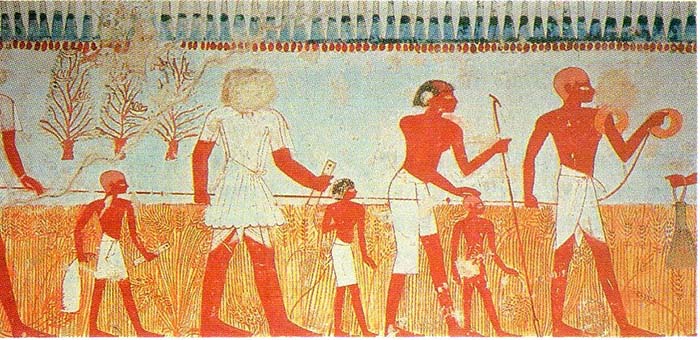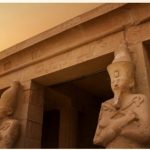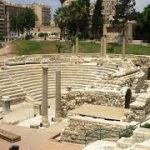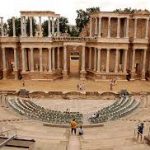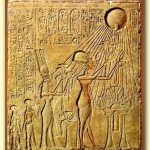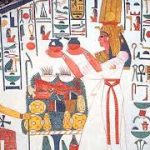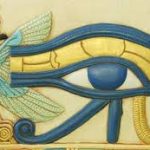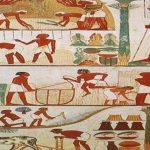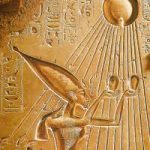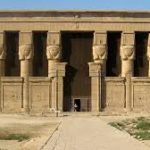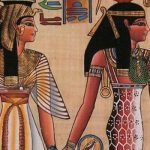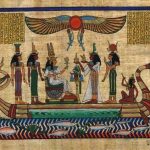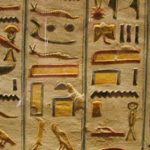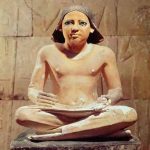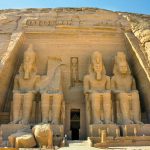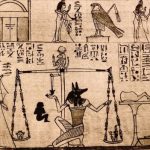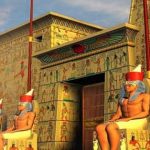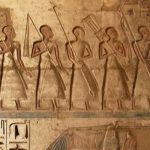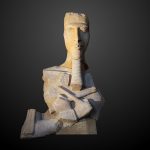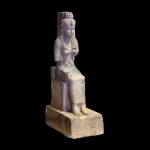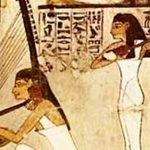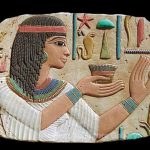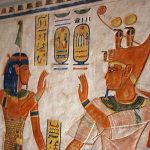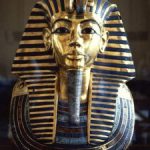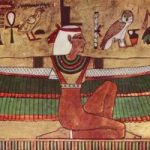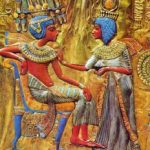Throughout all these eras, the types of art were as numerous as human need, the resources to make them, and the ability to pay for them. The wealthy of Egypt had ornate hand mirrors, cosmetic cases and jars, jewelry, decorated scabbards for knives and swords, intricate bows, sandals, furniture, chariots, gardens, and tombs. Every aspect of any of these creations had symbolic meaning. In the same way the bull motif on the Narmer Palette symbolized the power of the king, so every image, design, ornamentation, or detail meant something relating to its owner.
Among the most obvious examples of this is the golden throne of Tutankhamun (c. 1336-c.1327 BCE) which depicts the young king with his wife Ankhsenamun. The couple are represented in a quiet domestic moment as the queen is rubbing ointment onto her husband’s arm as he sits in a chair. Their close relationship is established by the color of their skin, which is the same. Men are usually depicted with reddish skin because they spent more time outdoors while a lighter color was used for women’s skin as they were more apt to stay out of the sun. This difference in the shade of skin tones did not represent equality or inequality but was simply an attempt at realism.
In the case of Tutankhamun’s throne, however, the technique is used to express an important aspect of the couple’s relationship. Other inscriptions and art work make clear that they spent most of their time together and the artist expresses this through their shared skin tones; Ankhesenamun is just as sun-tanned as Tutankhamun. The red used in this composition also represents vitality and the energy of their relationship. The couple’s hair is blue, symbolizing fertility, life, and re-birth while their clothing is white, representing purity. The background is gold, the color of the gods, and all of the intricate details, including the crowns the figures wear and their colors, all have their own specific meaning and go to tell the story of the featured couple.

Asword or a cosmetic case was designed and created with this same goal in mind: story-telling. Even the garden of a house told a story: in the center was a pool surrounded by trees, plants, and flowers which, in turn, were surrounded by a wall and one entered the garden from the house through a portico of decorated columns. All of these would have been arranged carefully to tell a tale which was significant to the owner. Although Egyptian gardens are long gone, models made of them as grave goods have been found which show the great care which went into laying them out in narrative form.In the case of the noble Meket-Ra of the 11th Dynasty, the garden was designed to tell the story of the journey of life to paradise. The columns of the portico were shaped like lotus blossoms, symbolizing his home in Upper Egypt, the pool in the center represented Lily Lake which the soul would have to cross to reach paradise, and the far garden wall was decorated with scenes from the afterlife. Every time Meket-Ra would sit in his garden he would be reminded of the nature of life as an eternal journey and this would most likely lend him perspective on whatever circumstances might be troubling at the moment.

